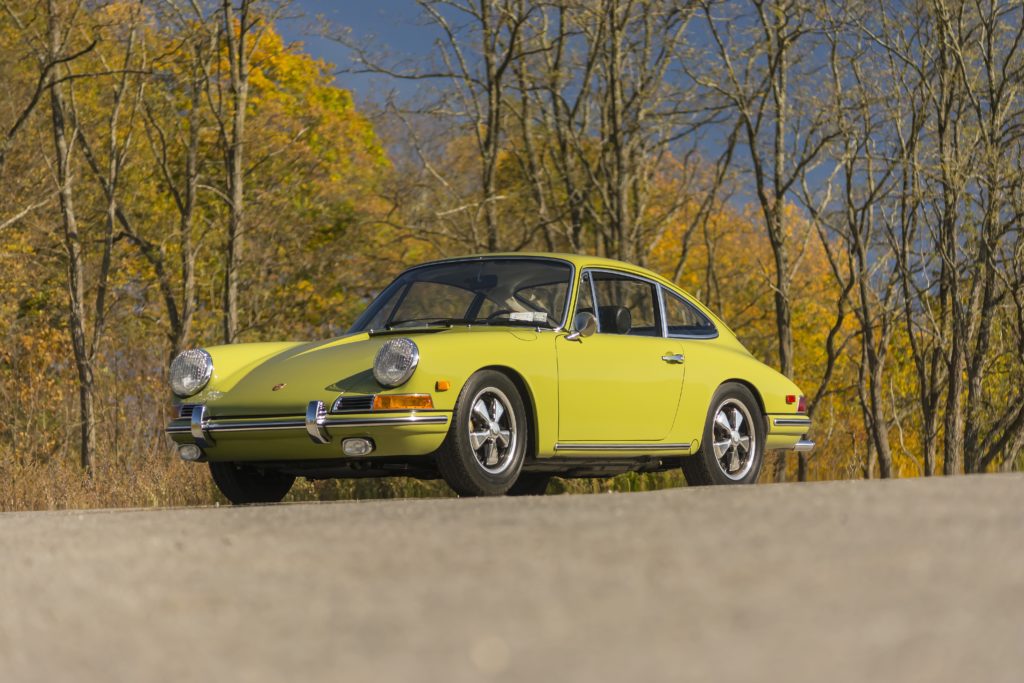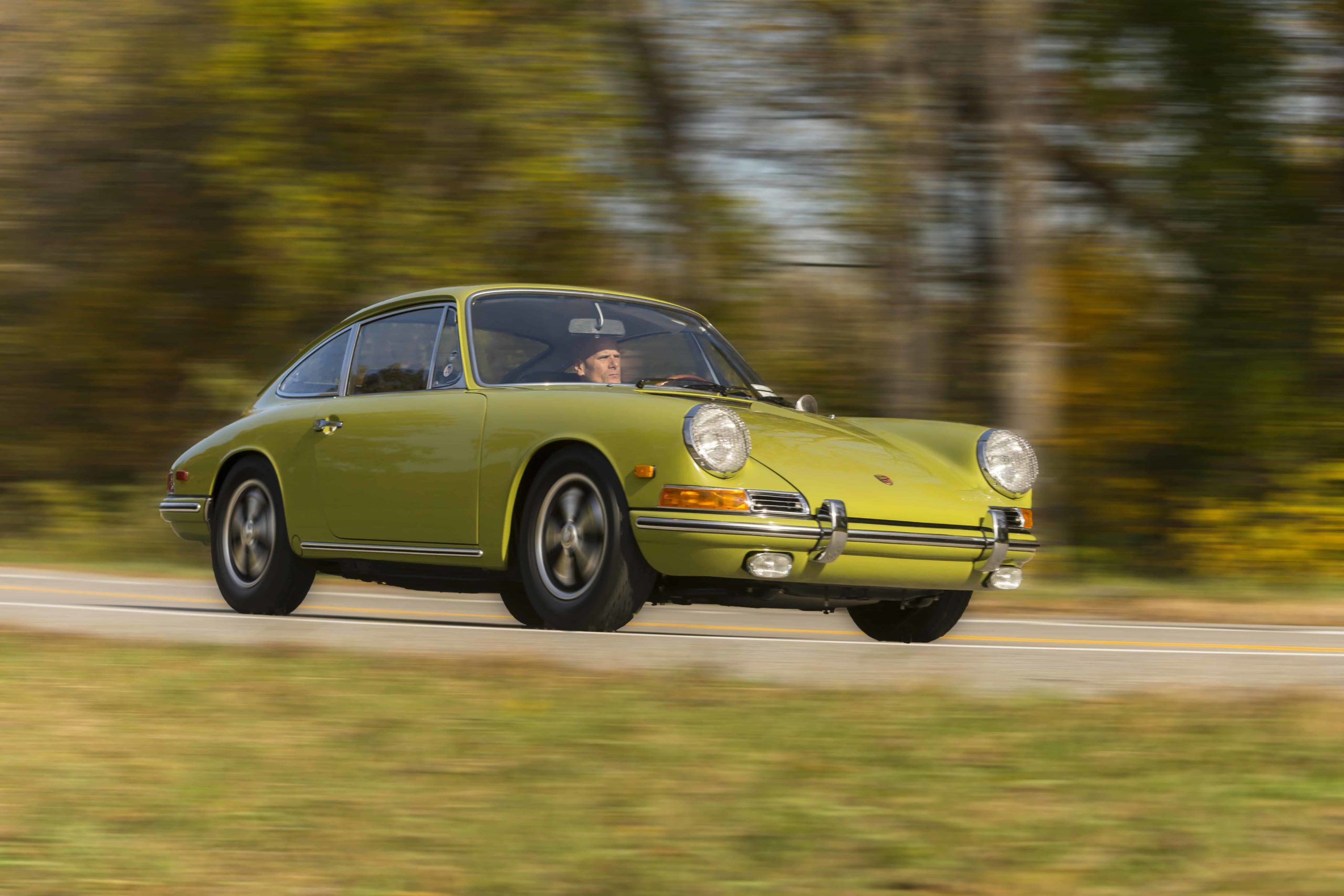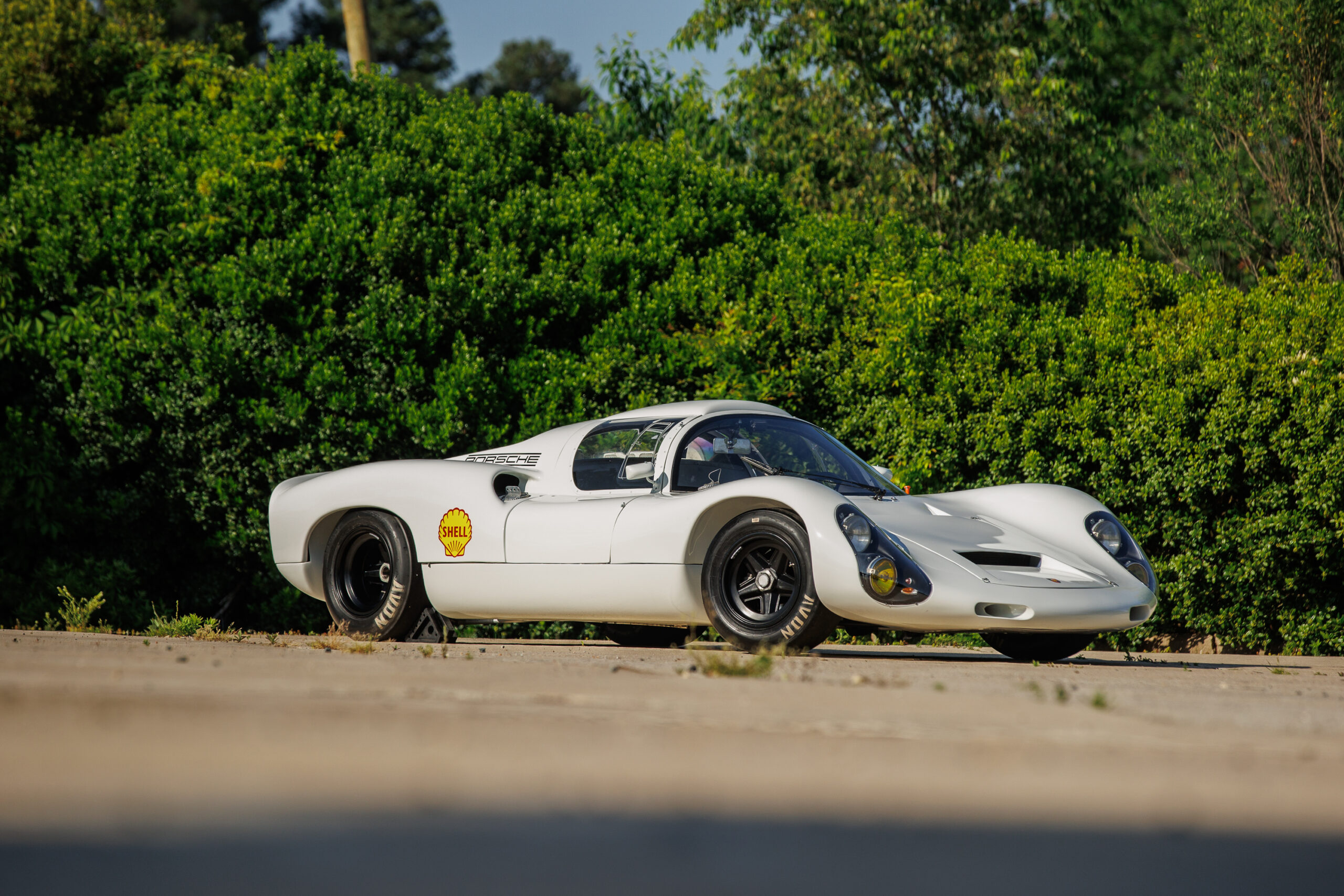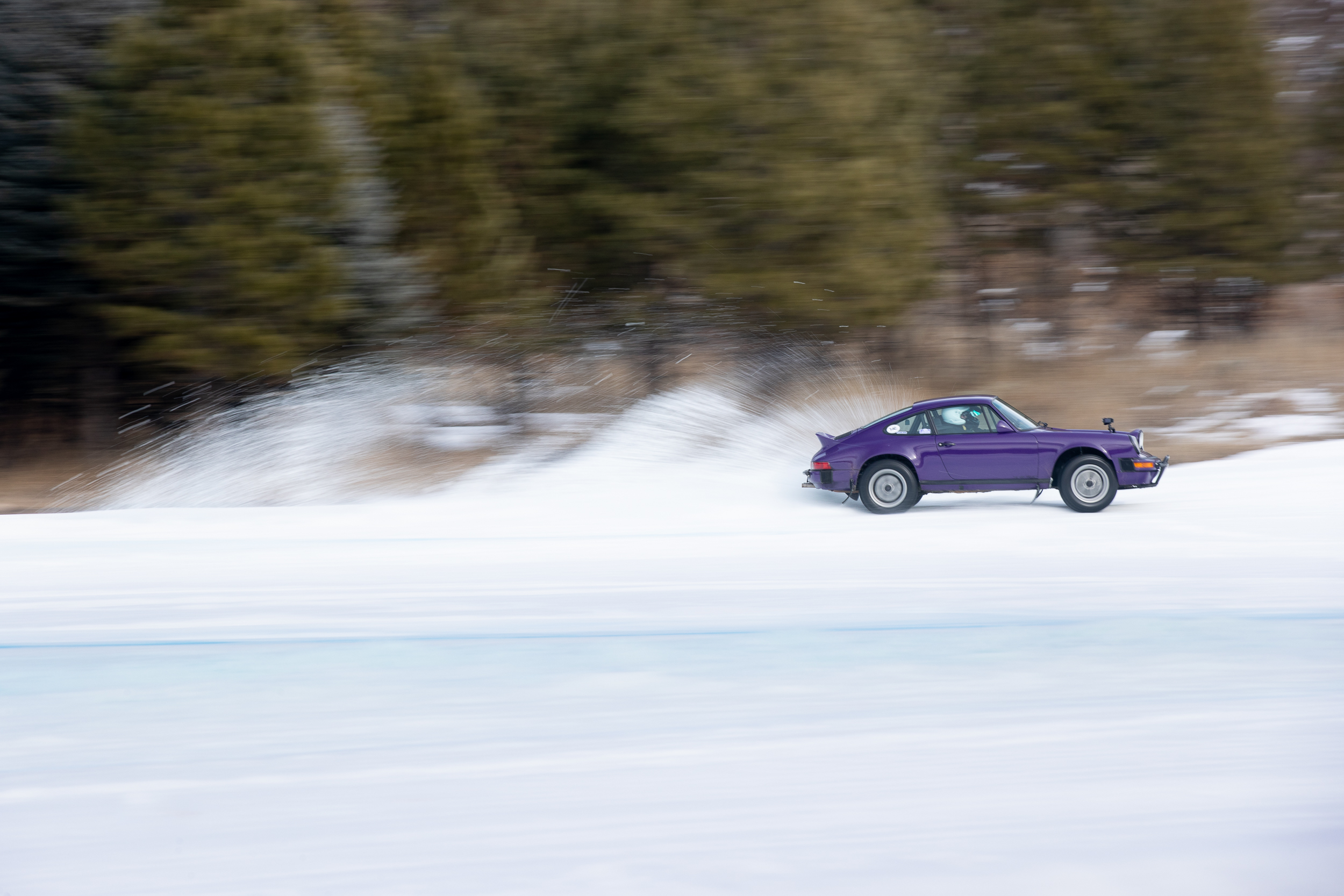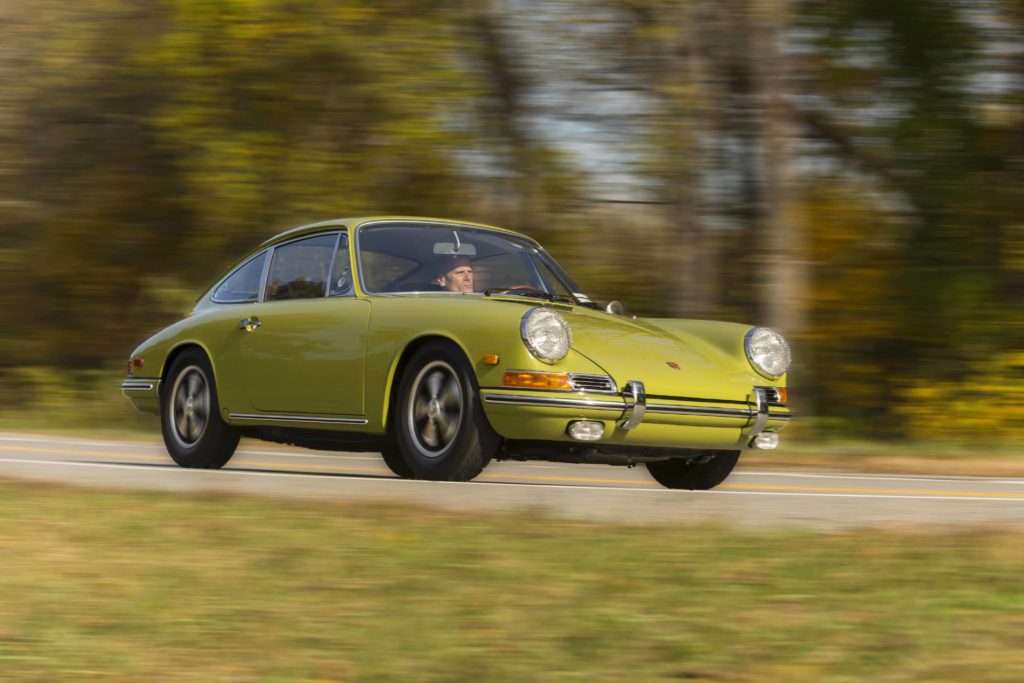
When Porsche’s all-new 911 came on the scene, it was not just a replacement for the 356. It was a whole new car. The 911 was larger, more comfortable, more powerful, and way more money. At $5,500 it was a whopping $1,500 jump over a 356SC. Many 356 owners were not ready to take that jump.
How was Porsche going to keep its customers happy until they wrapped their minds around the price on a new 911? The higher-ups decide they needed a four-cylinder version of their latest creation.

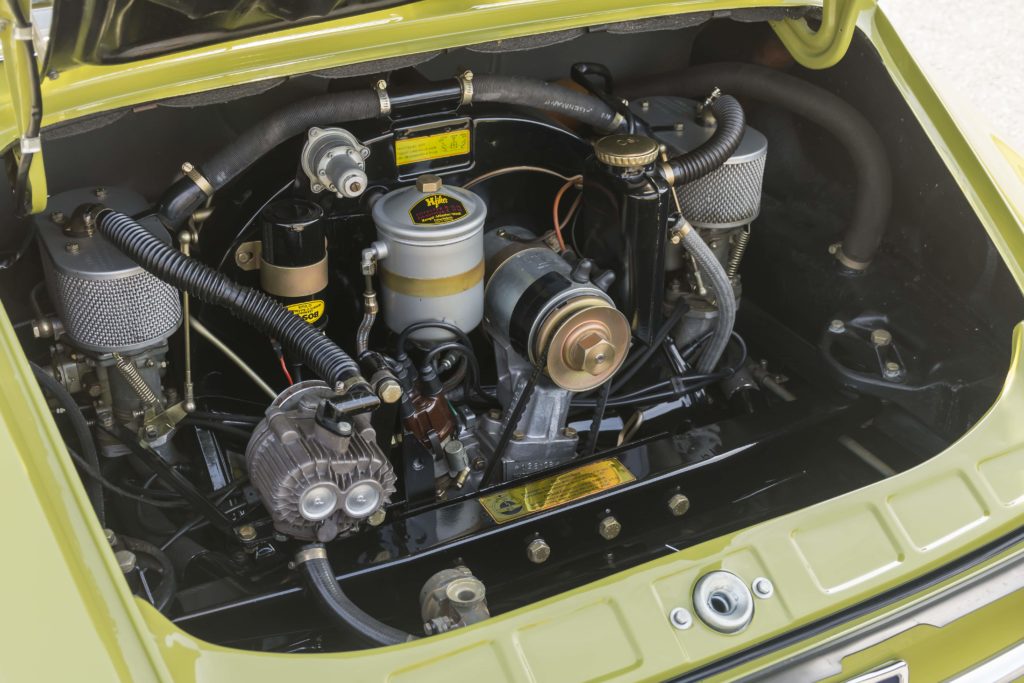
Porsche engineers oversaw design, development, and manufacture of a new horizontally opposed four, an engine using components of the new six-cylinder version to produce better performance than the 356SC power plant. They didn’t want it to be as complicated and costly as their Carrera 2 motor. They considered boring the 1.6-liter 356 Type 616 motor it out to 1.8, modifying the valve and cooling systems, and adding Kugelfischer fuel injection.
Time and cost ended these ideas. The solution was the 1.6-liter pushrod Type 616/36 based on the 356SC’s Type 616/16. It had a lower compression ratio plus new Solex carburetors. The engine was down five horsepower from the original, but it made max torque at a lower RPM and revved freely to 6000.
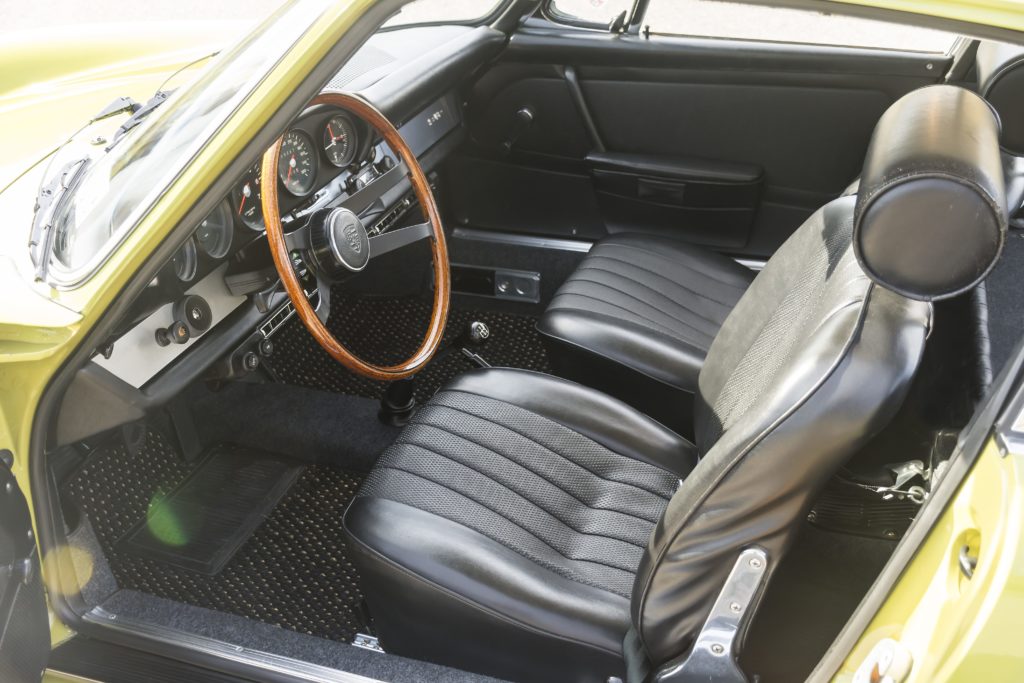
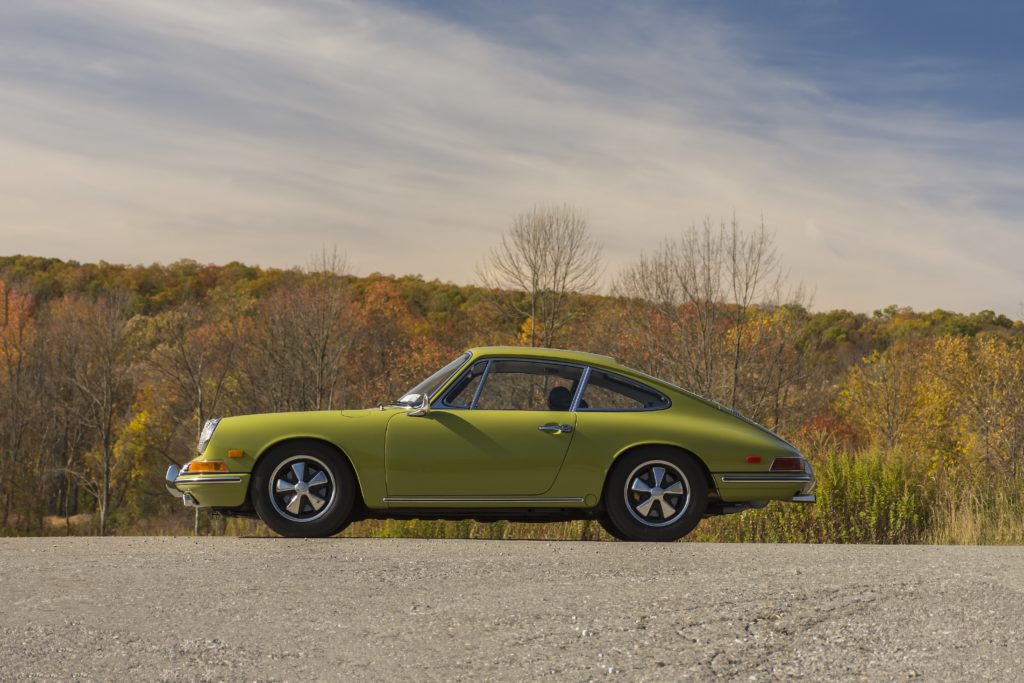
The entry level 912 had better weight distribution and handling than its more expensive sibling. But it gave up a few amenities to keep costs down, so there was no clock or oil pressure gauge for the 912 and no wooden steering wheel or chrome wheels. (Later cars got 5 gauges and even a 5-speed gearbox)
So with an uncomfortable price gap between the outgoing 356 and the 911, the 912 price tag that was just shy of $5,000 made owning one of the newfangled sports cars easier to digest. So well, in fact, it out sold the 911 almost 2 to 1.
But the 912’s run was not a very long one—1965 to 1969. In 1969, the facilities that were used for the 912 were turned over to the production of the 914-6; and by that time buyers could choose from not one, but three versions of the 911. The high performance 911S, the fuel injected 911E, and the base 911T. It would also be a problem to keep the 912 engines current with new, more stringent US emissions laws. So for 1970 the new entry level Porsche was the 914.
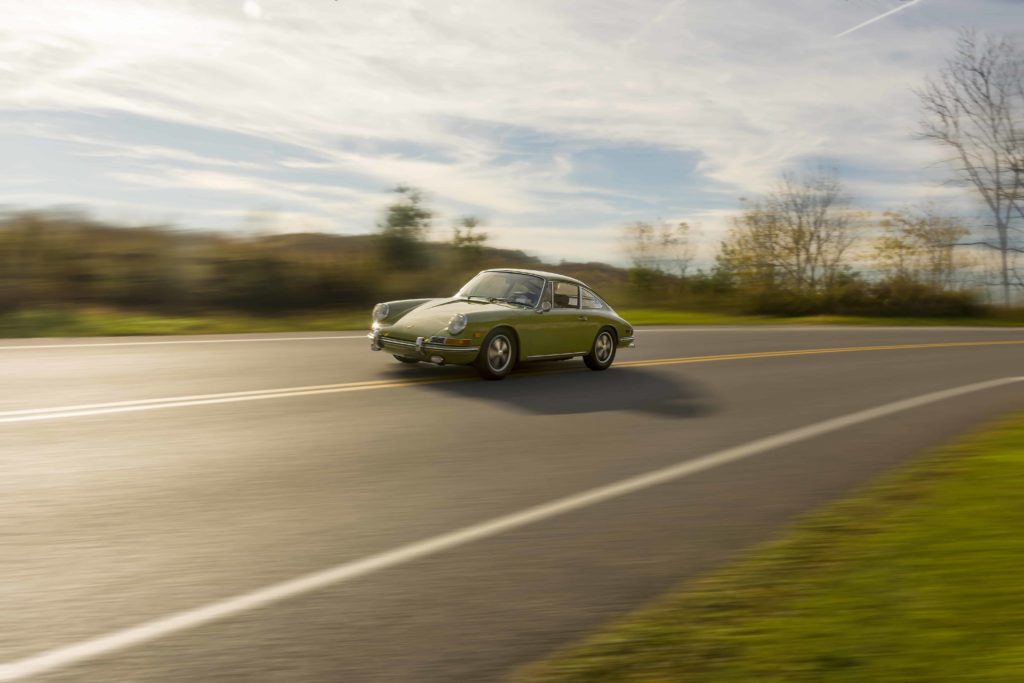

The 912 reappeared briefly for one year in 1976 as the 912E sporting a 4 cylinder VW engine, this time bridging the gap between the 914 and the new front-engine 924. After that, the 912 became the redheaded stepchild: it had looks, but no grunt. People turned an undeserved cold shoulder on the plucky little car.
So was the 912 to suffer an ignominious (and eternal) end? Au contraire, mon frère! The cycle came around again. It did what it did in the past: came back as the entry-level Porsche. All of a sudden the prices of air-cooled 911’s shot up into the stratosphere, especially pre-impact bumper cars. So what could you do if you wanted those badass looks, but didn’t have the big bucks? Or when you dare not drive your super-valuable S anywhere? You got yourself a 912!
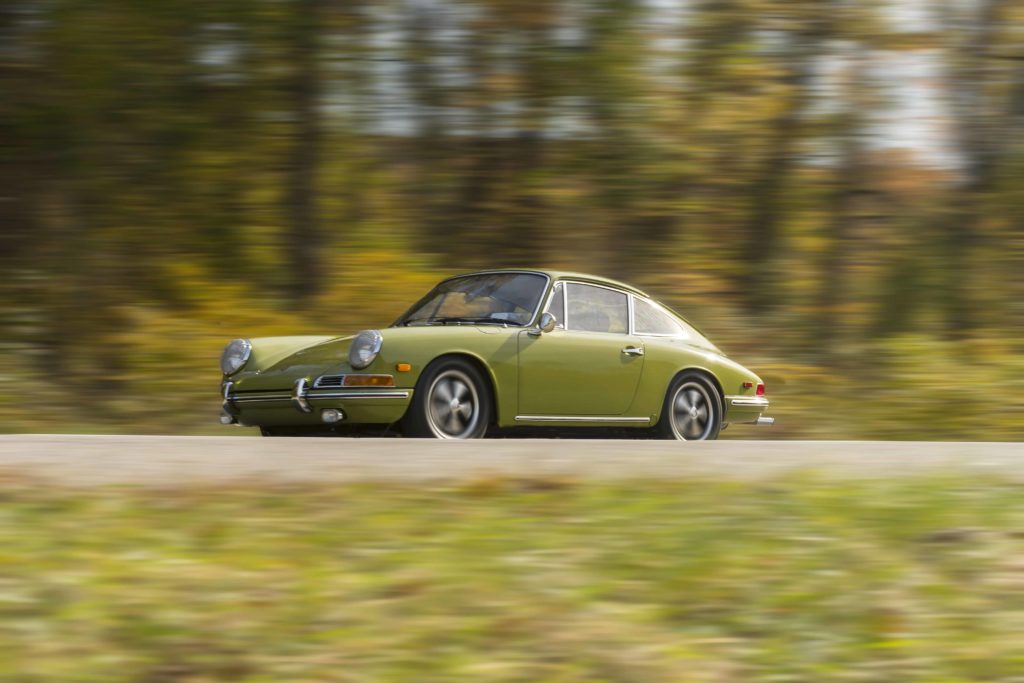
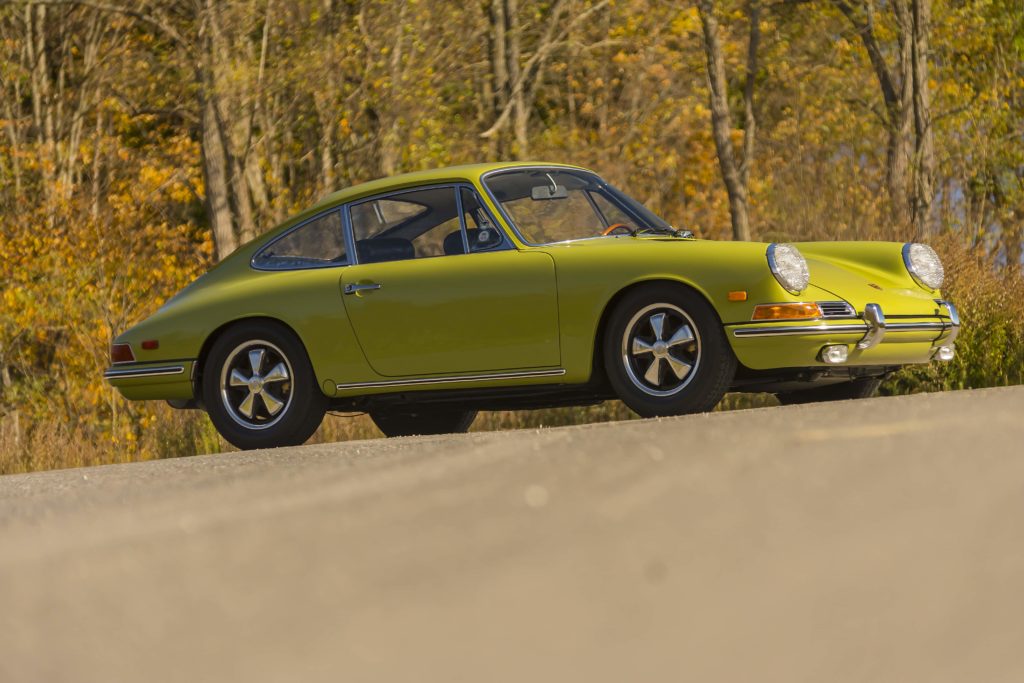
That’s what Mark Allen did. As a youngster he’d always had the Porsche bug; it started with his uncle’s 930 Turbo. As he grew up and started working at different exotic car shops around California, Porsches were dancing through his head. 912’s were everywhere; they could be had for a few thousand bucks. Before he owned a whole car, Mark was making money parting out 912s on eBay. He soon opened his own shop, Vintage Excellence, and went in search of clean Porsches to restore.
Late one night he chanced on a listing for a 1968 golden green 912 in Bend, Oregon. Mark was nervous calling so late, but he did get the owner on the phone. He was not coming down on the price. No problem—Mark wanted the car. Carlson Porsche in Redwood City, CA had sold the 912 to the original owner. The first owner took loving care of the car and brought it with him when he moved to Bend. When he passed away, the car lived in a hanger under the wing of a plane for many years.
Eventually an Oregon PCA member stumbled on the car and became its second owner. As it was a 912, not a lot of care was taken to make it road-worthy again after its long sleep. A dealer got the car running, but neglected to replace the fuel lines, and the car literally caught fire in the second owner’s driveway… that was enough for him. He repainted the 912, tweaked a few small details, and put it on the market.

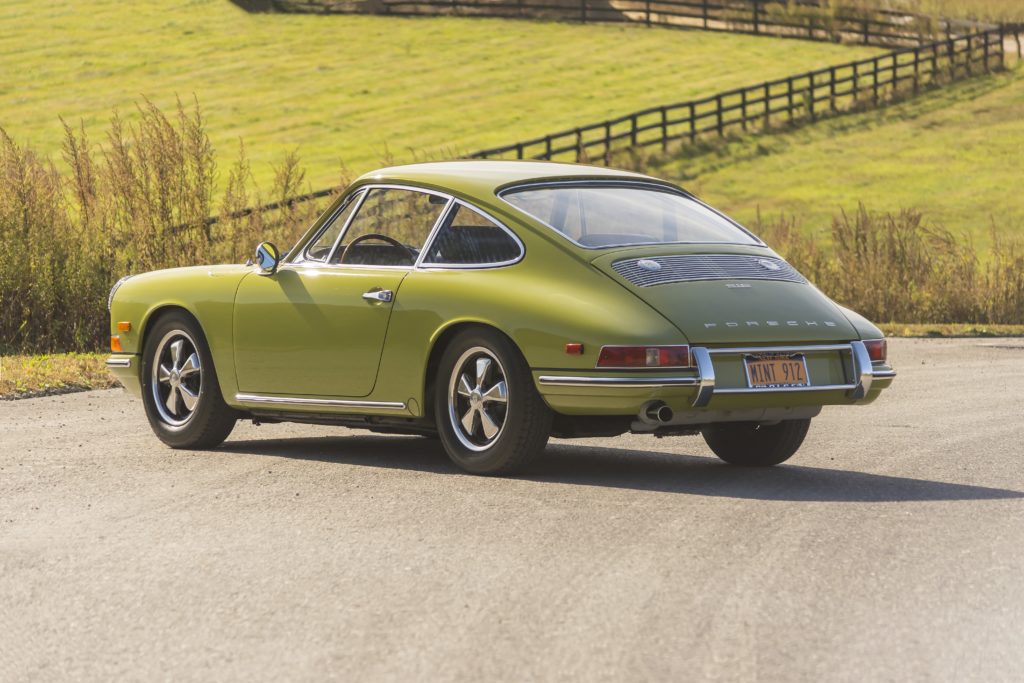
In spite of the blaze this was a solid 50,000 mile 912, an ideal car for Mark to restore. He took it apart, jettisoning the non-kosher parts, reset the ride height, redid the interior, and went through every tiny detail on the Porsche to make it period correct and perfect. He even replaced the original rims with a set of chrome Fuchs for that extra kick.
He sent the 912 off to a Russo & Steele auction in Scottsdale with another of his restorations. That was the year the storm hit. Mark watched as the winds peeled away one of the tents. While other people were running out of the tents, Mark ran in to check on his cars. To his relief, the Golden Green had only minor paint damage. Hagerty came to the rescue; the 912 was restored to perfect once again. The two consignments sold to Exotic Classics in Long Island. Their ad drew in Stephen Grisanti; and – if you read Road Scholars Magazine story on Grisanti last month – you can imagine what happened.
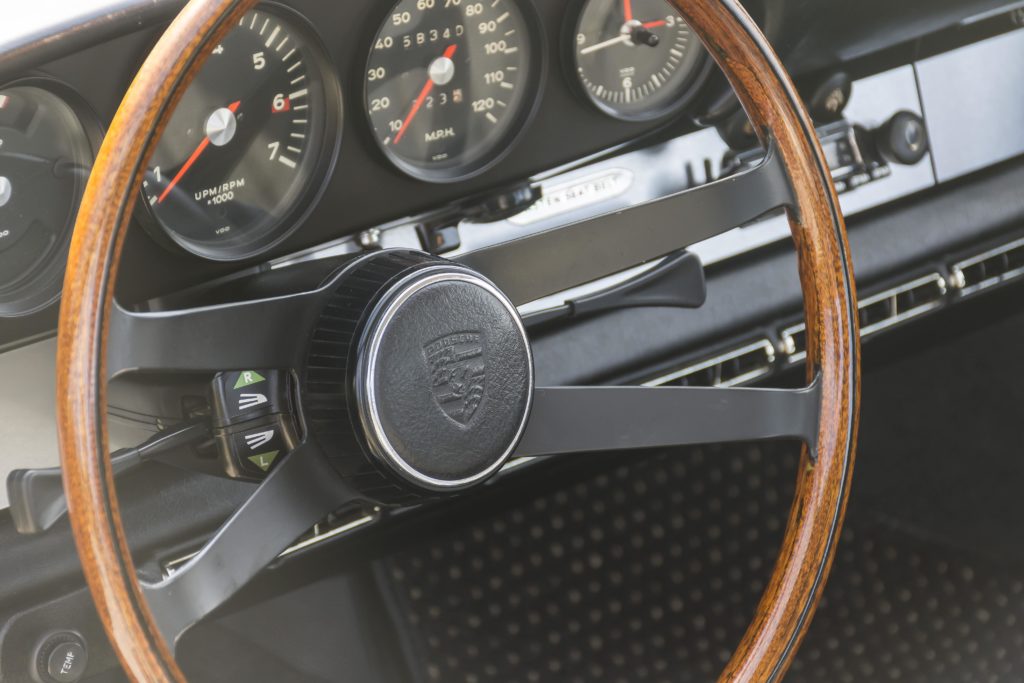
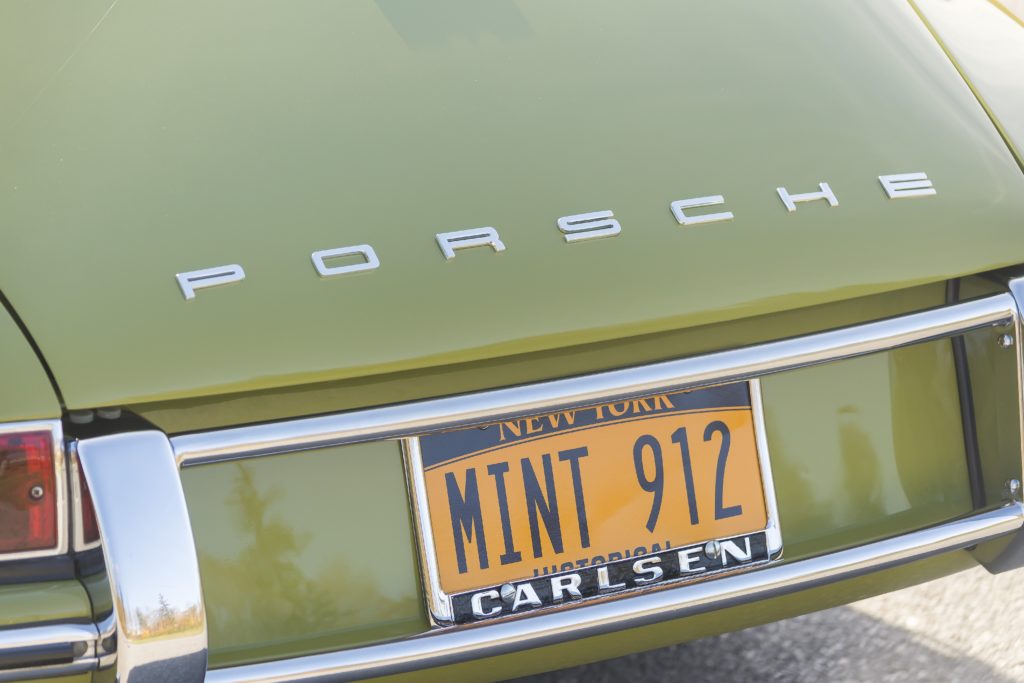
The 912 now lives in a garage that’s as clean as an operating theatre, keeping company with that blue 914-6, a beautiful 1959 Cabriolet, a last year air-cooled 911… and a few Harleys thrown in for good measure.
If the garage’s inhabitants and all the images on the walls along with the 4 framed Porsche C.O.A.s aren’t enough to show Stephen’s dedication to the marque, then go to his inner right forearm to check his ink. There you’ll find a permanent symbol allegiance to the cars of Zuffenhausen.
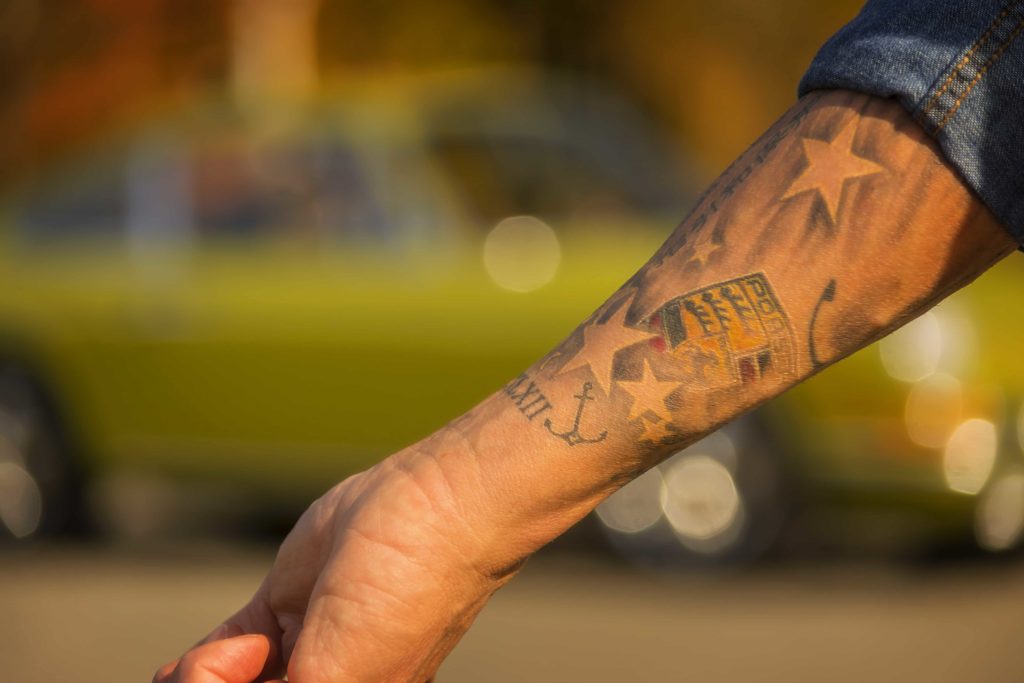
You find out very quickly that the 912 does NOT deserve its second-rate-citizen reputation. Mark Allen knows how to breathe life into a 912 motor. “The trick is to not go at it like it’s a VW; treat it like the Porsche that it is!” That’s Mark’s motto. With better cams and some attentive cylinder work, the little four is no letdown. It’s light, responsive, and a joy to drive. It may not have the sexy, raspy voice of an early 911, but let all your other senses enjoy the very Porsche-ness of the 912, and you will find yourself humming to the tune the motor is singing. The Typ 912’s no longer have to hide in the shadows; they can fly their four-cylinder flags high and take their rightful place with the other great Porsches of our time!
Microphone drop!
